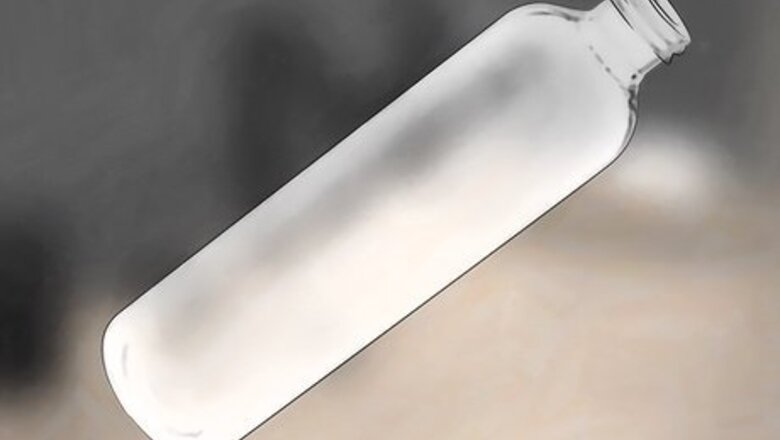
views
Testing for Hardness Quickly
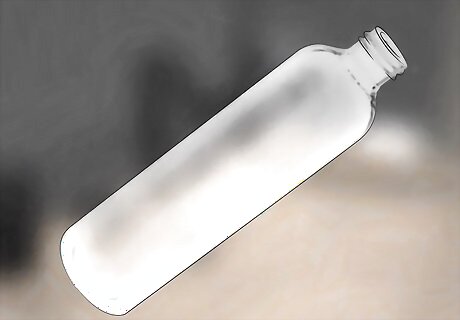
Choose a clear bottle. This test will only give a very rough estimate of water hardness, but it only takes a few minutes. Start with a bottle that can hold at least 12 ounce (360 mL), and preferably more. If you can't find a bottle with a cap, use any clear container.

Fill the bottle with water. Measure 12 ounces (360 mL) of your tap water and pour it into the container.
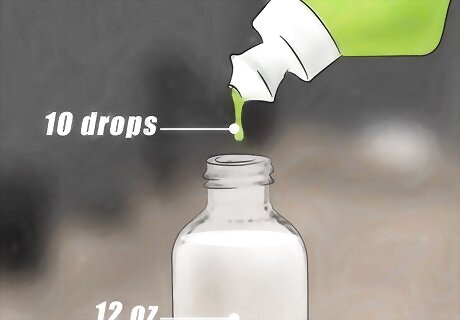
Add ten drops of liquid soap to the container. Some soaps react to hard water more than others, which is one reason this test isn't always accurate. Many dishwashing detergents do not react much to hard water, so it may be best to use liquid hand soap for this test. Castile soap is a common choice, since its simple ingredient list ensures that other chemicals are not interfering with the results.
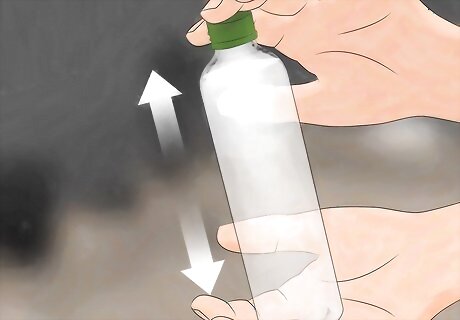
Shake the bottle. Cap the bottle and shake it for a few seconds. If your container doesn't have a cap, stir vigorously until the soap is thoroughly mixed into the water.
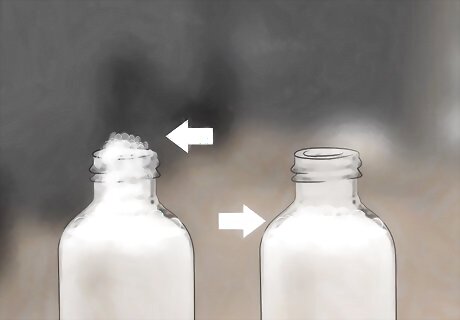
Look for suds. Open the bottle and look for suds at the top of the water. If there are plenty of suds, your water is probably quite soft. If there are only a few bubbles, move on to the next step.
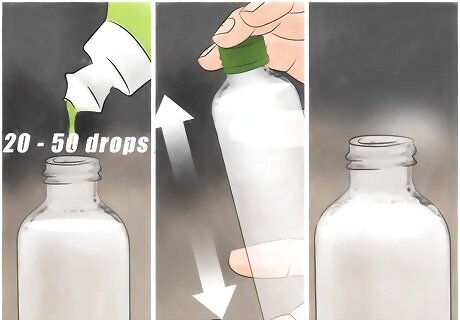
Gradually shake in more soap. Add more soap five or ten drops at a time, shaking the bottle after each batch. The number of drops it takes to make suds will give you a rough estimate of your water hardness: 20 drops: slightly hard 30 drops: moderately hard 40 drops: hard 50+ drops: very hard
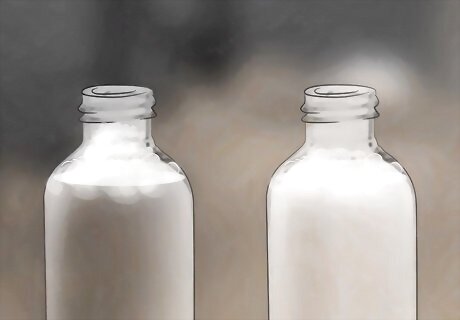
Look for soap scum. Completely soft water creates foam at the surface, but leaves the water itself clear. The minerals in hard water react with soap to create "soap scum." Besides reducing foam, this scum makes the water look cloudy. If you water is thick with soap scum, your water is almost certainly hard.
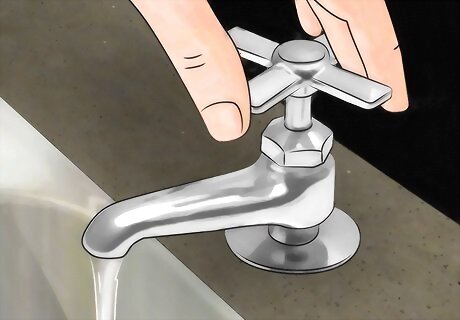
Decide whether to soften your water. A result of "moderately hard" or below typically won't cause major problems in your household. If your water doesn't seem too hard but you are noticing problems, read below for DIY solutions or more accurate tests.
Recognizing and Solving Water Hardness Problems
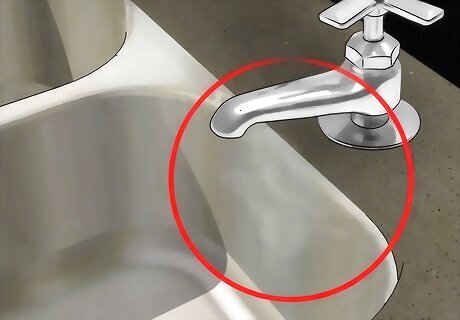
Check for white scale. The minerals in hard water can leave a white scale on your sink, shower, or bathtub. If it's happening there, it's probably happening in your pipes as well. This is one problem with no do-it-yourself fix, and probably requires installing a water softener. If left alone, the hard water will slowly clog your pipes, reducing water pressure and shortening the lifespan of your plumbing. If the scale is minor and your pipes seem to function fine, however, you may want to solve specific problems using the cheap solutions below.
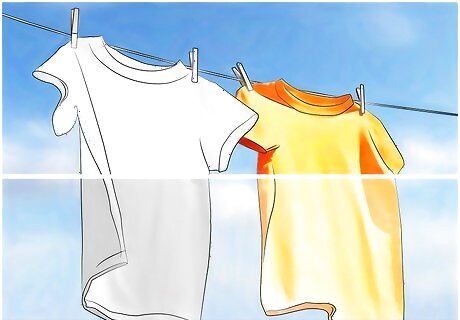
Examine your laundry. The soap scum that forms in hard water can cling to fabric, leaving it stiff and rough. In severe cases, it can fail to clean the clothes completely, making white fabric grey and bright colors dull, or even leaving a sour odor on the clothes. Try one or more of the following solutions: Increase the washing machine temperature. Use more detergent. Add non-precipitating water conditioner to your machine before the detergent.
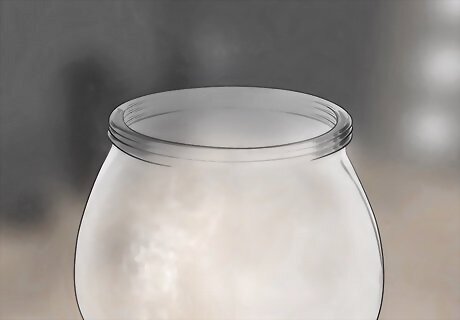
Look for spots and etching on your glassware. One obvious sign of hard water is white spots on your glasses after washing. There are actually two types of damage that hard water can cause: Hard water spots are surface stains that you can remove by scrubbing with vinegar or an abrasive cleaner such as baking powder. "Etching" permanently damages the glass, although you may be able to buff it out with a glass polishing kit. Mild etching looks like a rainbow film, while severe etching turns the glass opaque. To reduce the chance of either type of damage, reduce the temperature of the dishwasher or rinse your dishes more thoroughly before loading the machine.
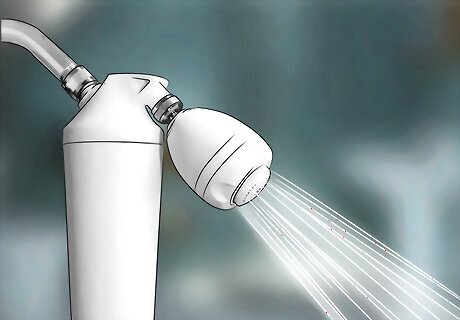
Deal with shower problems. Particularly hard water may irritate skin, leave hair stiff and dull, or even leave a filmy soap residue on your skin. If you don't want to install a household water softener system, try these fixes: Install a showerhead water softener and replenish it occasionally by adding salt. (Showerhead "softeners" that don't need salt are actually filters, and will not soften your water.) To improve your hair texture, use a chelating shampoo once a week, followed by a moisturizing conditioner. Chelating shampoos are supposed to strip minerals from your hair, and typically contain the ingredient "EDTA" (ethylenediaminetetraacetic acid).
Checking Hardness Levels Accurately
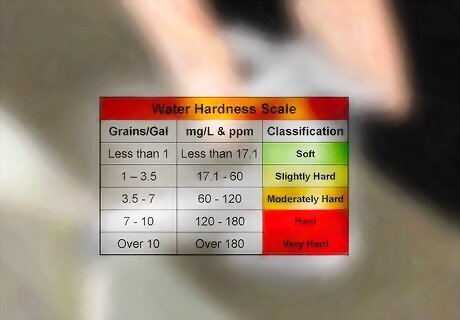
Understand water hardness units. An official report or a scientific test should give you a precise measurement. These are the most common units in most regions, so learn how to interpret the results: Grains Per Gallon (or just "grains"): 3.5 – 7.0 means moderately hard. Anything higher will likely cause problems. ppm, mg/L, or American degree of hardness: 60–120 means moderately hard.
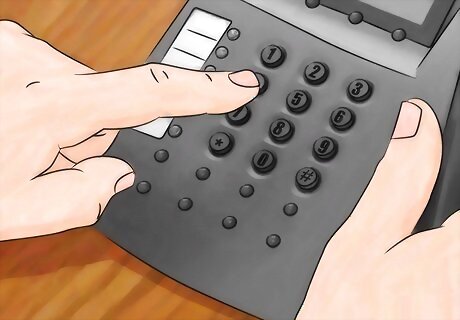
Contact your local water company. Your water provider may be able to tell you the hardness of your water supply.

Ask a water softener company for a free test. Many of these companies offer a free water test, hoping you'll use their services. They may request a water sample and send back the results, or they may send a water hardness test to your home. Keep reading for instructions on how to use the test.

Test your water with a test strip. You can buy these test strips online or where water softeners are sold. These are very simple to use: just dip a test strip in your water and watch it change color. The test strip label or an accompanying guide should tell you how hard your water is based on the color. This is accurate enough for a household, but don't rely on it to make fine adjustments to a pool or other system that requires a specific hardness level.
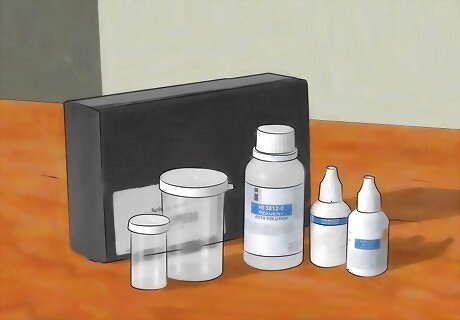
Test with a water hardness titration kit. This more accurate test is available online or at some pool stores. Typically you fill a small bottle with water up to the mark on the side, then add a chemical from the kit drop by drop. The number of drops it takes to cause a color change will tell you the hardness of your water. Other types of test with a digital display are typically intended for special situations, such as extremely soft water. These are more expensive and not necessary for household testing.
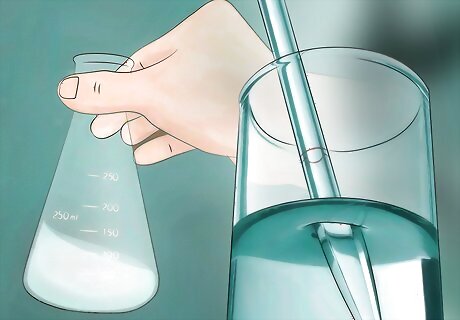
Send your water to a professional water testing lab. Consider this more expensive option only if you need a detailed analysis of your water, including contaminants and exact minerals. If you have a well or other private water source, it's a good idea to have a sample tested at least once a year, although testing for contamination is more important than water hardness. You may also want your water tested if you run a spa or other business that relies on clean water. If you're not sure how to find a lab that can test your water, ask for advice at a university agricultural extension.


















Comments
0 comment